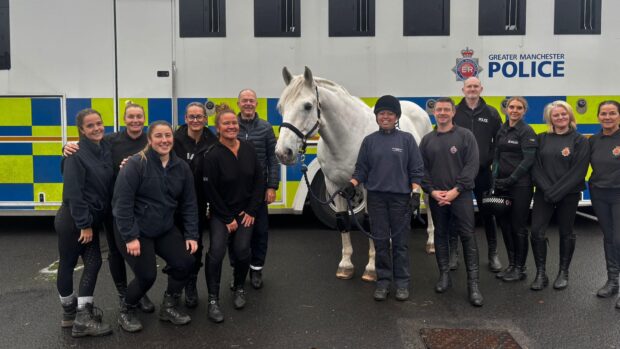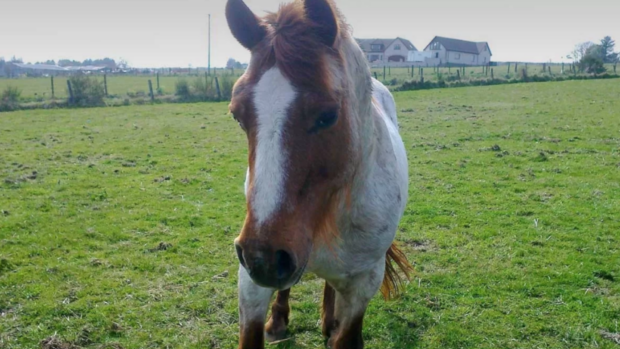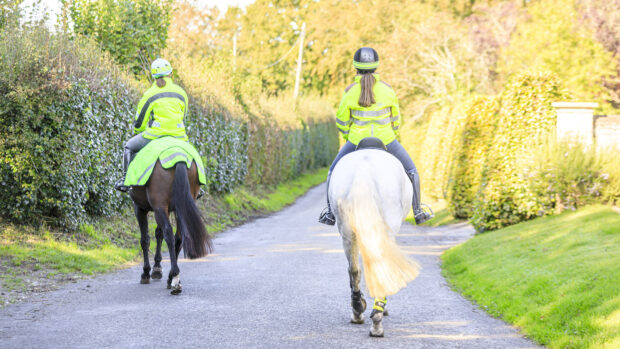Expert advice from HORSE Magazine on teaching transitions on the lunge
Q: I can’t get my horse to halt on command when I am lungeing and he’s just as bad with the transition from trot to walk. Should I insist on absolute obedience when asking for transitions or concentrate on allowing my horse to show his paces?
A: Are you trying too hard and expecting too much? How often are you expecting him tohalt? Don’t nag at him and if he is doing sufficient work, he should be ready to halt.
Be clear and authoritative with your verbal commands. Place yourself a little in front of the normal position when you want a downward transition.
Tryshortening the lunge line to be nearer to him and get his attention. Through a steady contact, use hand aids similar to those you would use when riding.
Obedience depends on the age and stage of training of the horse and what your goal is.
Young horses should be encouraged to go forward and develop their natural rhythm and balance with the minimum of fuss.
With an educated horse, you may want to use the transitions to gain engagement of the hindlegs – in this case, obediencewould be essential.
For more advice on training, see the Marchissue of HORSE magazine, on sale now.
Click here to subscribe to HORSE magazine at specialonline rate



